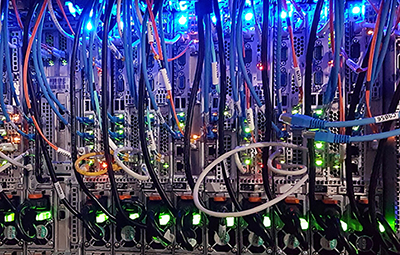
Data Center Growth Raises Sustainability Questions

Data centers are in demand, driven by large companies, government agencies and others that require an online presence. But sector’s growth raises questions about its sustainability, said Cushman & Wakefield, Chicago.
In a report, Data Center Success…Leading to Sustainability Questions, Kevin Imboden, Senior Research Manager of Data Center Insights with Cushman & Wakefield, noted somewhere between three and four gigawatts of data center space is under construction globally at any given time. “This is equivalent to a major metro area with over one million homes, leading to concerns for certain markets on how they will provide power for server use and water for cooling,” he said.
Some markets have placed moratoriums on further large-scale data center development, the report said. For example, Singapore has utilized an unofficial moratorium since 2019, only allowing pre-approved projects or small-phase construction to continue as planned.
Water usage is a primary concern, because large data centers can use millions of gallons of water for cooling. “Desert areas (e.g. Phoenix and Las Vegas) may be limited in their future data center deployments unless air cooling during the night or liquid cooling directly to the rack can be used instead,” Imboden said. “Excessive heat can limit server life, so continued optimization of cooling systems is an imperative moving forward.”
Imboden noted data center owners acknowledge the need for change. “Collaboration has begun among server firms, cooling companies, investment funds, government entities, utilities and research universities to find novel solutions to the ever-increasing power needs,” he said. “New investors entering the space are often acquiring older assets, with the understanding that these buildings will require retrofitting to make them appealing for new clients.”
As they retrofit older data centers, investors must decide whether to rebuild entire facilities at one time or to replace certain systems in a layered approach that allows continued operations and uptime, the report said. “Each approach has its benefits and detractions, depending on available funds and concerns of tenants,” Imboden said.
Many of the largest cloud services have plans to become carbon neutral within 10 years, the report said. “As large corporations follow suit, these data center occupiers are pressing operators to source renewable energy and derive operating efficiencies to lower overall power usage,” Imboden said. “Operators have responded in kind, and many of the largest now publish public reports explaining their energy mix and efficiency goals.”
